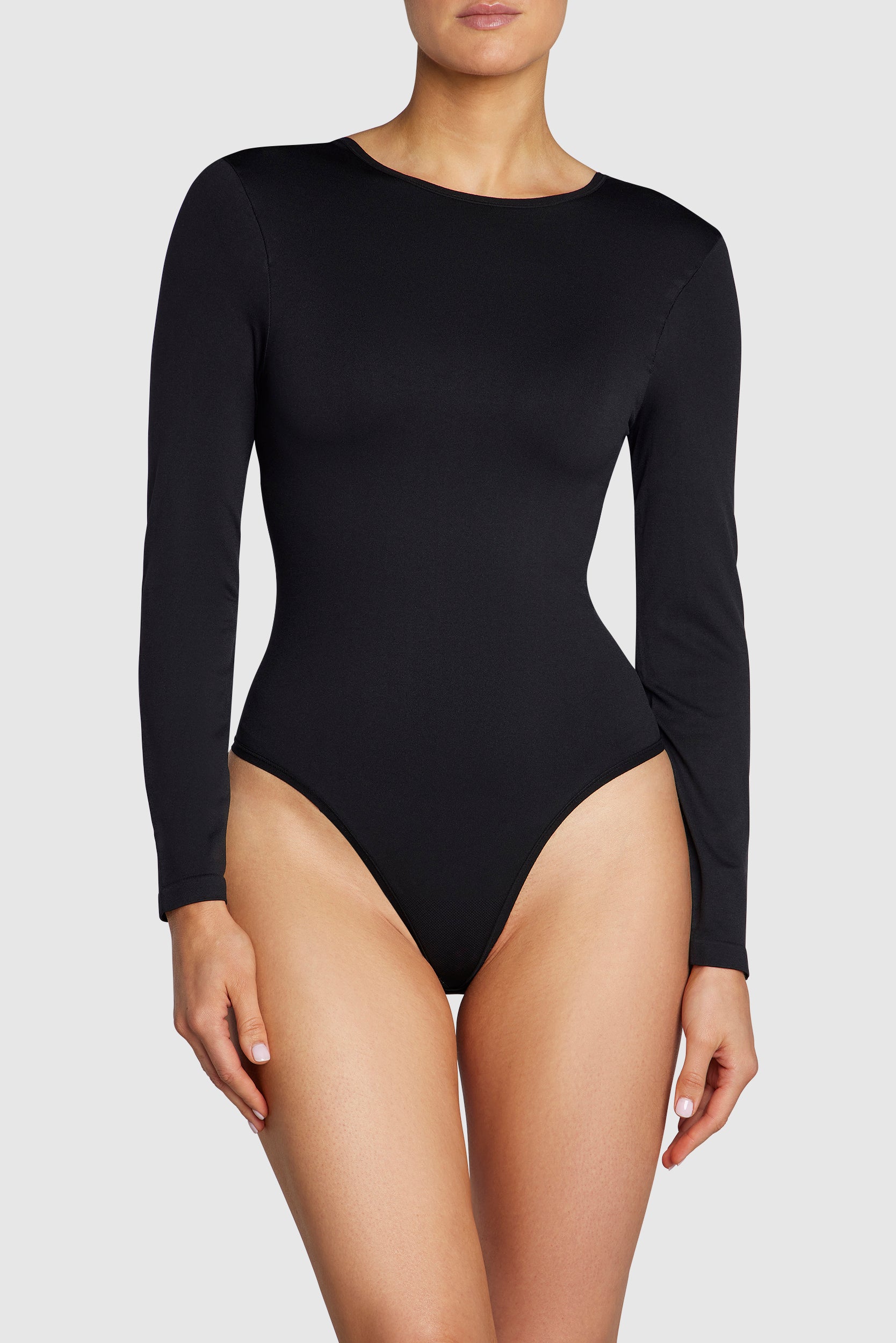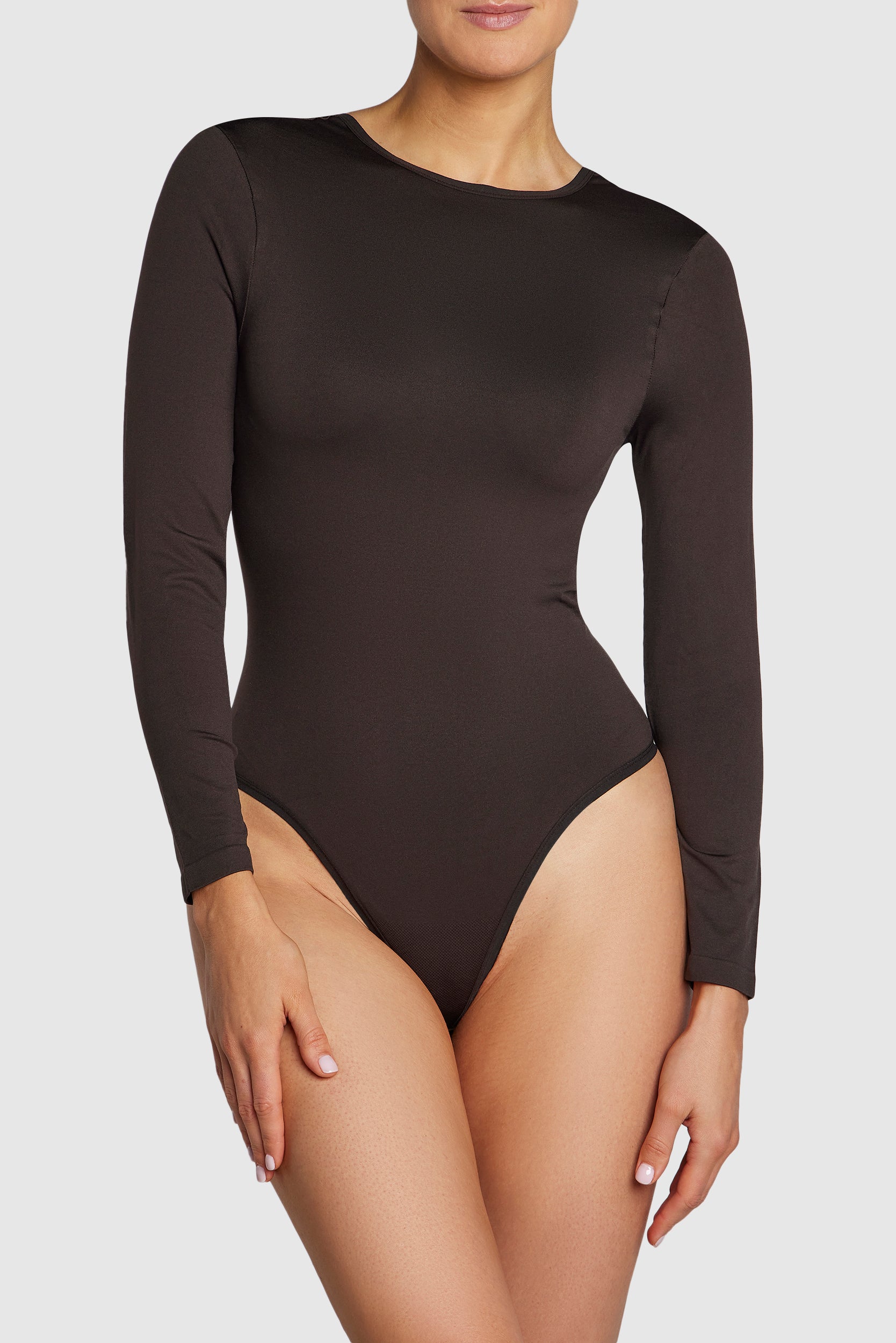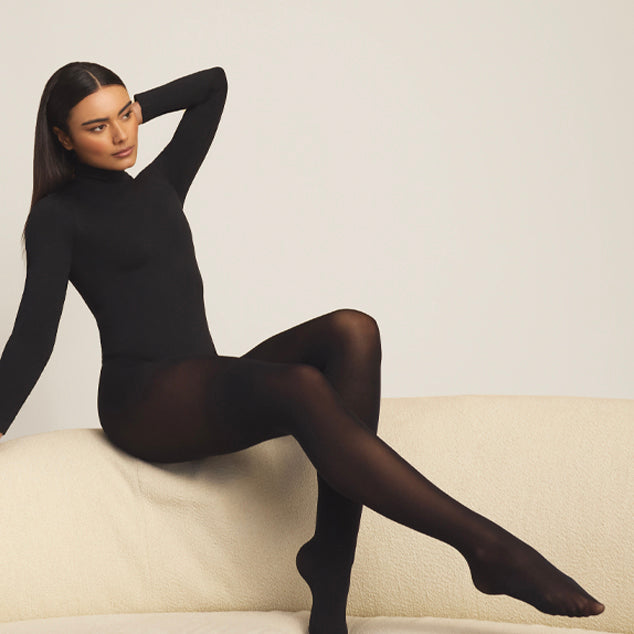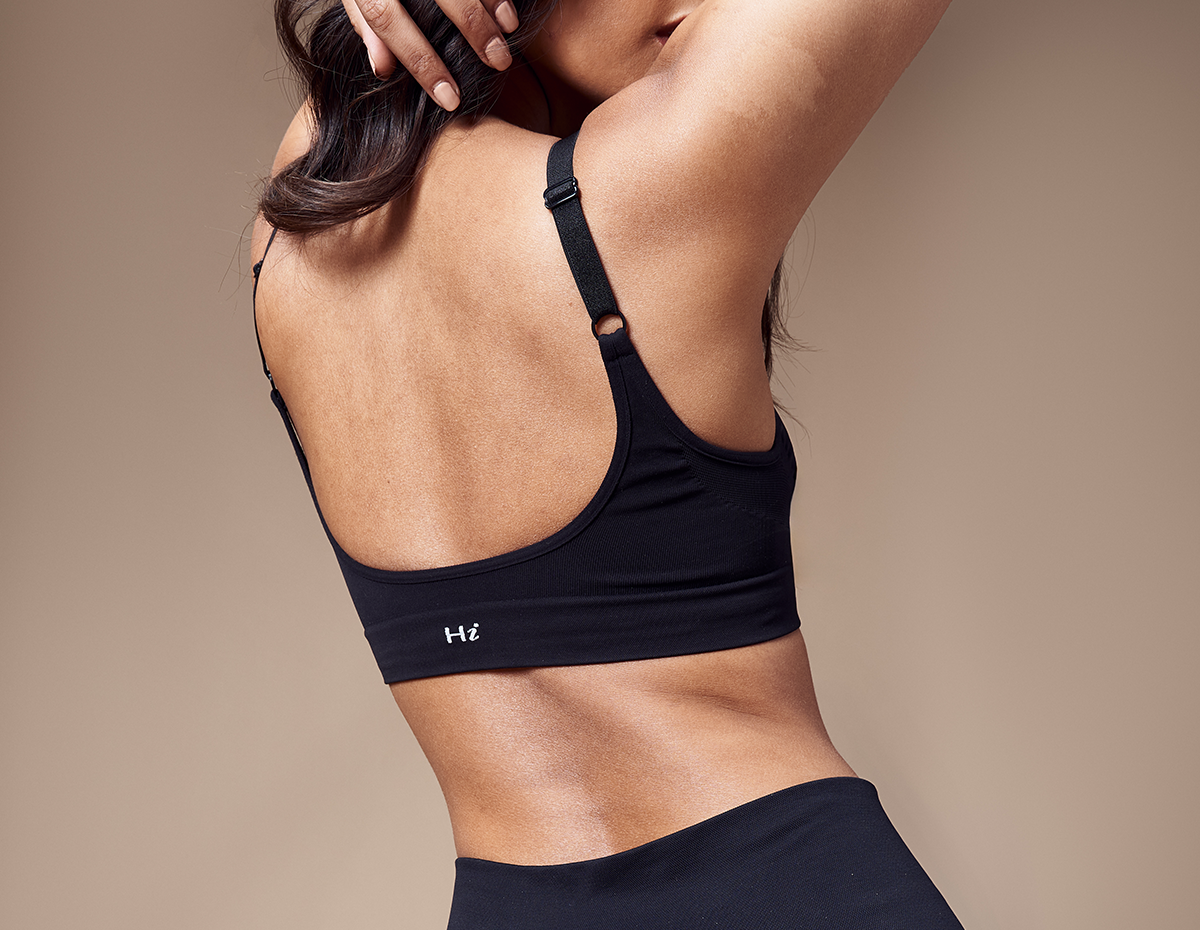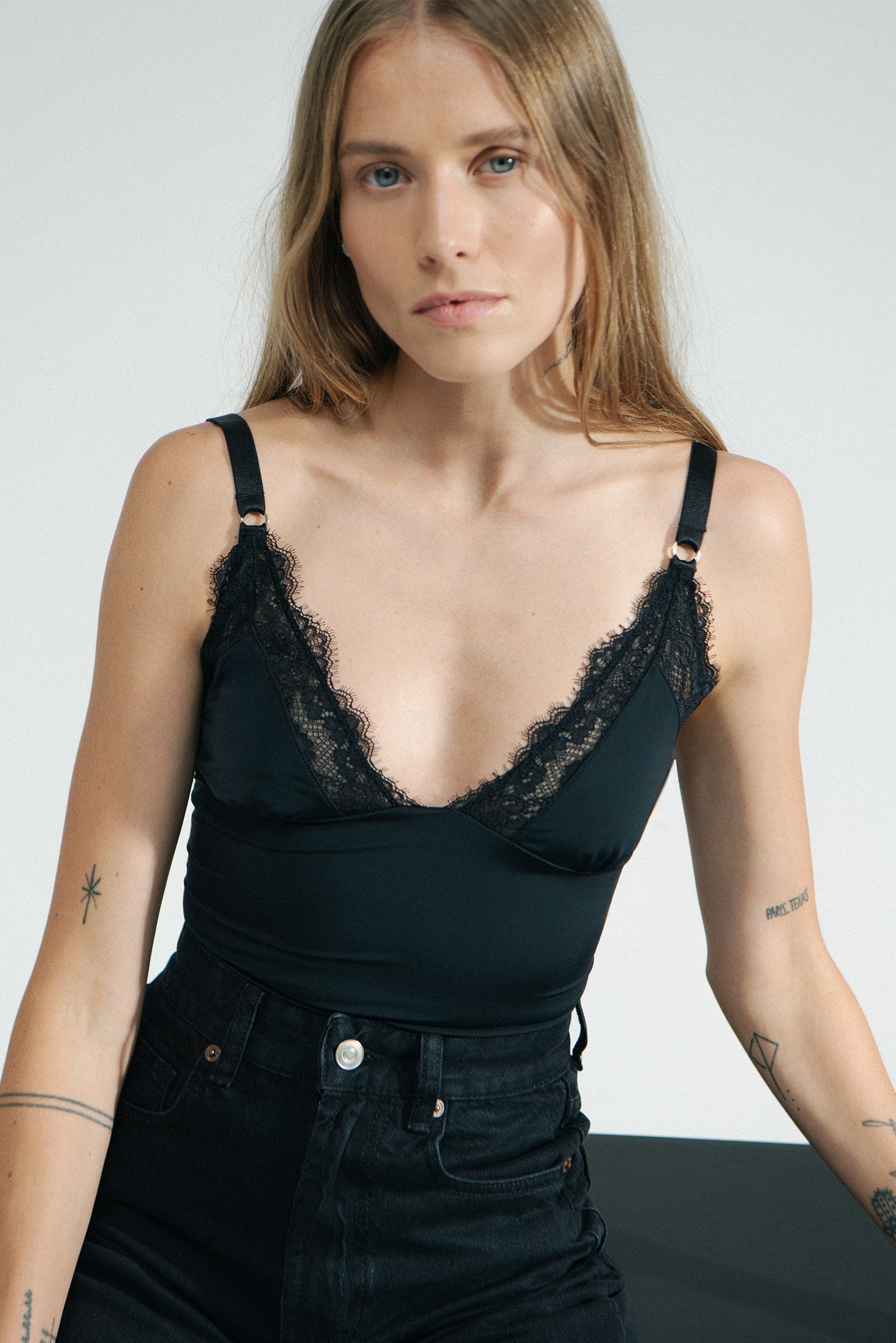When we launched, we made a promise to design products that are radically better than anything currently out there. We could have relabelled someone else’s product, or brought out the same style in different colours. Commercially viable, perhaps, but not the way to fundamentally change women’s underwear.
For this, we knew that we needed to reimagine everything - design, materials and manufacturing. So, as a young company, we began with an item we could prove ourselves with: the long-forgotten pair of tights.
The key was starting with a list of what women did – and didn’t – want. We began by creating a laundry list of the issues you face when wearing tights, and then we asked three questions to radically change their design.
Firstly: what would stop tights digging in at the waist?
As women, we know that the waistband on regular tights is one of the most common sources of grief. When the subject came up in our first round of research, Camilla, one of the 67 women from our original collective, told us that she feels “constricted all day” when wearing tights: “when I take my tights off, I’m left with a seam imprint on my skin.”
If there’s one thing that isn’t uncomfortable, it’s the flexible waistband on our yoga leggings. So, we took inspiration from sportswear to design a waistband that would make us want to move.
This meant treating our waistband as a separate component to the legs of our tights, and knitting it using a dedicated machine. Because waists aren’t straight up and down, we knit our waistband in a wavy line so that – when doubled over – it fits neatly onto the waist.

Then, we used different types of stitching to hand-sew the waistband onto the legs of our tights, choosing between overlock and flatlock depending on size, to make sure our waistband is appropriately stretchy.
Next, we asked: what would stop tights itching the backs of our thighs after a few hours?
Anyone who wears tights at their desk all day knows that by lunchtime, they’re scratching the backs of their thighs. Sam raised this as the main issue she had with her tights: “they drive me insane because of how hot and itchy they get.”
With the endless varieties of yarn available, we knew there had to be a combination that would make for the softest pair of tights on the market. We chose a specially texturized nylon wrapped around an inner core of stretchy elastane. Knowing that the more times you wrap nylon around an inch of elastane, the softer the yarn becomes, we opted for 5000 spirals per inch – ten times the industry average. A spool of our yarn takes a whole three and a half weeks to make, but for us, this is essential to get the right feel.

And we didn’t stop there. The machine that knits yarn into tights typically operates at between 700 and 1,200 rotations per minute. We run ours at 400. It’s more expensive and takes longer, but it allows for a more even coverage and reduces the chances of missing a stitch. The outcome? Super smooth legs.
Finally, we asked: what would stop tights slipping down all day?
As we move throughout the day, the friction between our legs and the seams in our tights gradually pulls our tights down, which is maddening. Kim, who we met at the Curve Fashion Festival in 2017, told us that she had to wear three pairs of knickers over her tights just to hold them up. Talk about dedication.
Our answer? Get rid of seams altogether. Rather than knitting, cutting and stitching together two legs with a front and a back seam as with conventional tights, we designed ours to be knitted in a single tube. This made the gusset a thing of the past, where it belongs. The only seam remaining was the one on each toe, where our machine starts knitting. We got rid of it by simply tucking the toe seam under the foot.

Two years later, a pair of Heist tights is dispatched every fifteen seconds. But we’re not finished yet. Now, we’re setting our sights on fixing the rest of underwear, starting by understanding the challenges women face, and then applying radical innovation to launch products that are the best available.
More from us soon.
~ ~ ~
This article was originally published on Medium.
Follow our movement on Instagram as we change underwear for good.
